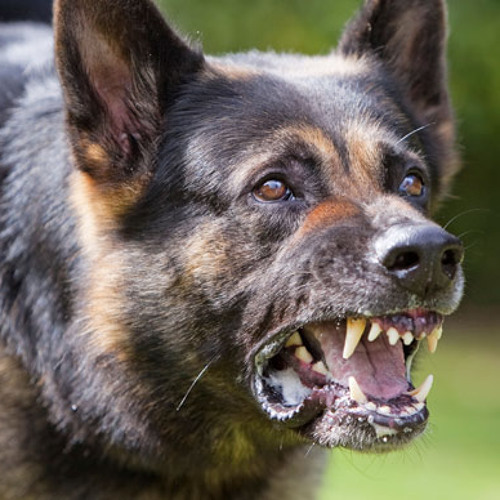

Step 2: Investigate animals used for science What must you know about an animal’s food, exercise, and medical needs? Talk to the animal caregivers to find out what it takes to responsibly foster an animal. More to EXPLORE Foster a pet! Animal rescue shelters are often looking for candidates to care for pets until they are permanently adopted or to foster new litters of puppies and kittens. Then write up a document stating what you think it takes to treat pets ethically and respectfully.

Is it okay to declaw a cat? Or to use a shock collar on a dog? What guidelines should be in place for a classroom hamster, a family dog, or a pet rabbit? Start by looking at city and state laws. Share your interview with other Girl Scouts.Ĭompose a pets’ rights document. Find out what animal issues there are in your community and what it’s like to have a career protecting animals. Ask a veterinarian to donate time to help. Volunteer at a shelter, at the ASPCA, or at an animal-adoption or spay/neuter drive. Find out why spaying and neutering are important, what the animal populations are locally and nationwide, and what overpopulation means for unwanted animals.įOR MORE FUN: Organize a spay/neuter drive at your local pet food store. A flock of at least 12 pigeons, 12 ducks, 12 geese, or 12 guinea-fowl.A brood of at least 12 chickens under hen or with incubator.How do we treat our pets today? What rights should they have? How are pets protected?Ī Scout must have reared successfully one of the following: But, eventually, humans began caring for animals as pets – from dogs and cats to birds, goldfish, rabbits, and more. Primitive cultures only tolerated dogs in their camps because they would eat smelly scraps and scare off intruders. 4 Step 4: Take a look at animals used for sports and entertainment.2 Step 2: Investigate animals used for science.1 Step 1: Find out about domestic animals.


 0 kommentar(er)
0 kommentar(er)
